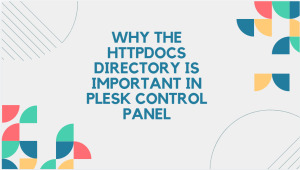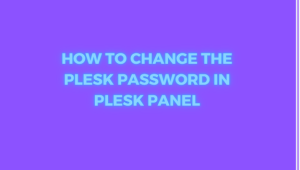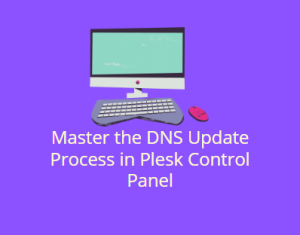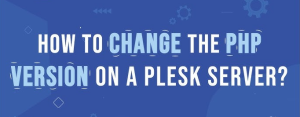
The HTTP 402 status codes are a set of standardized codes returned by web servers on the Internet. These codes communicate the result of the client’s request. The codes are divided into five categories:
- 1xx (Informational): Request received, continuing process
- 2xx (Success): The action was successfully received, understood, and accepted
- 3xx (Redirection): Further action must be taken in order to complete the request
- 4xx (Client Error): The request contains bad syntax or cannot be fulfilled
- 5xx (Server Error): The server failed to fulfill an apparently valid request
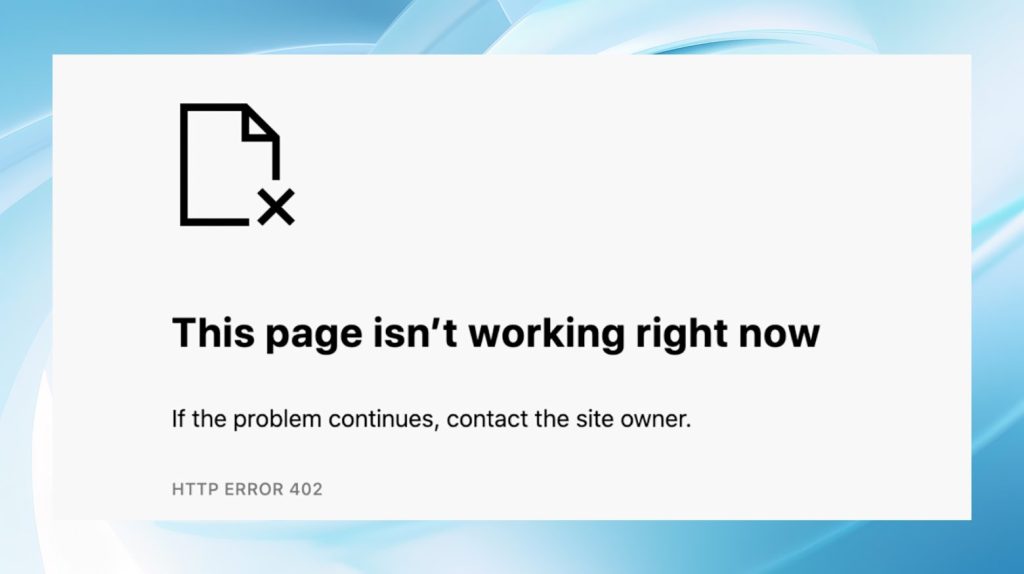
Among these, the 4xx series is particularly interesting because it signifies errors on the client side. Most people are familiar with common ones like 404 (Not Found) and 403 (Forbidden), but there’s one status code that’s much less commonly encountered: the 402 Payment Required.
Table of Contents
The History and Purpose of HTTP 402
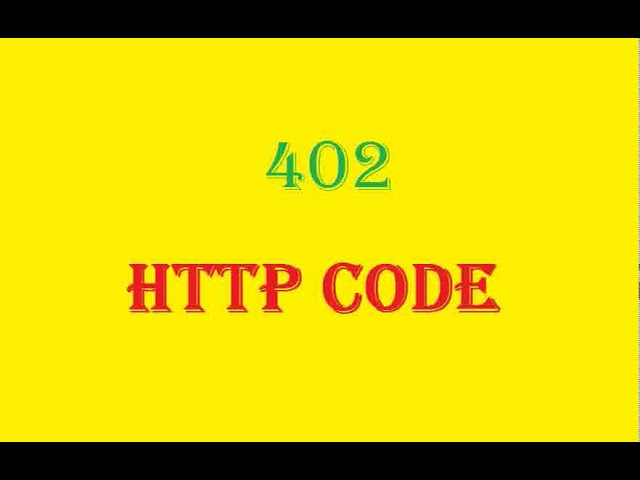
The HTTP 402 status code is defined in the HTTP/1.1 specification (RFC 2616) and is designated as “Payment Required.” Initially, it was intended to be used as part of a digital cash or micropayment scheme, an idea that was very forward-thinking given that the specification was published in 1999, well before the rise of digital payments as we know them today.
The 402 (Payment Required) status code is reserved for future use. This code is used by some Web services to indicate that the client must first pay to access the requested resource.
Why HTTP 402 Was Created

The idea behind HTTP 402 was to create a mechanism whereby certain web resources could be accessed only after a payment was made. This concept could have potentially enabled a wide range of applications:
- Paywalls for content: News websites and digital publishers could restrict access to premium articles and features until a reader paid for them.
- Micropayments for services: Small payments for using API services, downloading files, or accessing certain features on a website.
- Subscription models: Ensuring that only paying customers could access specific areas or functionalities of a website.
However, despite its potential uses, HTTP 402 has never been widely adopted. Instead, other methods, such as HTML forms, cookies, and JavaScript, have been used to implement paywalls and subscription models. Services like PayPal, Stripe, and other payment gateways have taken on the role that HTTP 402 was envisioned for.
Technical Implementation
Theoretical Implementation
If HTTP 402 were widely used, here’s how it might work in a typical scenario:
- Client Request: The client sends an HTTP GET request to a server for a specific resource.
- Server Response: If the resource is behind a paywall, the server responds with an HTTP 402 status code, along with details of the payment required.
- Payment Process: The client initiates a payment process, perhaps through a digital wallet or credit card transaction.
- Payment Confirmation: Once the payment is confirmed, the server grants access to the resource.
Real-World Usage
Despite its inclusion in the HTTP specification, HTTP 402 is not used in practice. Several reasons contribute to this:

- Lack of Standardization: There is no standardized method for handling payments through HTTP 402. Each implementation would likely be proprietary and incompatible with others.
- Complex Payment Ecosystem: The payment ecosystem is complex, with numerous security, fraud prevention, and regulatory concerns. Existing payment gateways and systems handle these complexities far better than an HTTP status code could.
- Adoption of Other Methods: Content providers have adopted other methods to implement paywalls and subscriptions, such as HTML forms, cookies, and JavaScript. These methods integrate well with existing web technologies and user experiences.
- Evolution of the Web: The web has evolved significantly since the 1990s, with a robust ecosystem of e-commerce platforms and payment gateways. These solutions provide a more comprehensive and flexible approach to handling online payments.
Alternatives to HTTP 402
Although HTTP 402 is not used in practice, there are several alternative methods for implementing paywalls and paid access to web resources:
1. HTML Forms and Sessions
A common method is to use HTML forms to collect payment information and manage user sessions. Once a payment is completed, the server can create a session or set a cookie to grant the user access to the paid content.
2. JavaScript and AJAX
JavaScript and AJAX can be used to create dynamic payment experiences. For example, a user might click a “Buy Now” button, triggering an AJAX request to process the payment. Upon successful payment, the JavaScript can update the page content to reflect the user’s new access privileges.
3. OAuth and API Tokens
OAuth is a widely used authorization framework that allows third-party services to grant limited access to resources on behalf of a user. For example, a user might pay for a subscription to a web service, and the service issues an API token that the user’s client can use to access protected resources.
4. Payment Gateways and SDKs
Payment gateways like PayPal, Stripe, and Square provide comprehensive SDKs and APIs for integrating payments into web applications. These solutions handle the complexities of payment processing, security, and compliance, allowing developers to focus on building their applications.
Future Prospects
While HTTP 402 remains unused, the concept of payments for web resources is very much alive and continues to evolve. Here are some future prospects:
1. Decentralized Payments
With the rise of blockchain technology and cryptocurrencies, there is potential for decentralized payment systems that could operate independently of traditional payment gateways. These systems might leverage smart contracts to handle payments and access control.
2. Microtransactions
Microtransactions—small payments for digital goods and services—are becoming increasingly popular. As the web continues to evolve, we may see new protocols and standards emerge to handle these transactions more efficiently.
3. Integrated Web Payments
The Web Payment API is a new standard being developed by the World Wide Web Consortium (W3C). It aims to provide a unified way for web applications to initiate payments, making the process more seamless and secure. While it doesn’t replace HTTP 402, it addresses many of the same use cases in a more modern and practical way.
Conclusion
The HTTP 402 Payment Required status code is an interesting artifact of the early days of the web, representing a vision for web payments that never quite materialized. Despite its absence in practical applications, the ideas it embodies continue to shape how we handle payments online.
Modern web development has moved beyond HTTP 402, leveraging more flexible and secure methods to implement paywalls, subscriptions, and other payment-based access controls. As the web continues to evolve, we can expect to see even more sophisticated solutions for integrating payments into web applications.
While HTTP 402 may never see widespread use, it remains a fascinating example of the foresight of the early web pioneers and a reminder of how much the web has changed in the last few decades.
